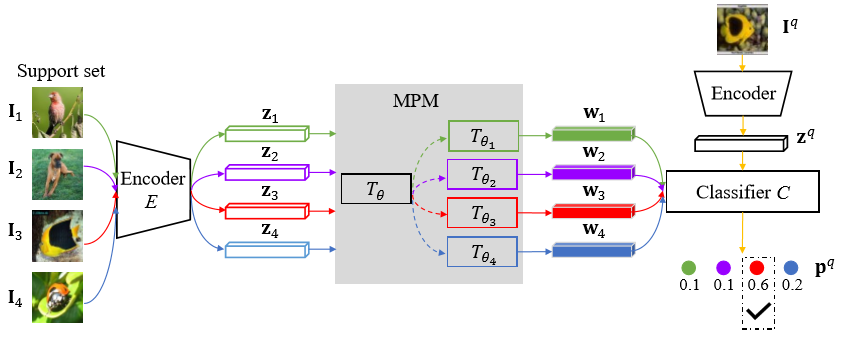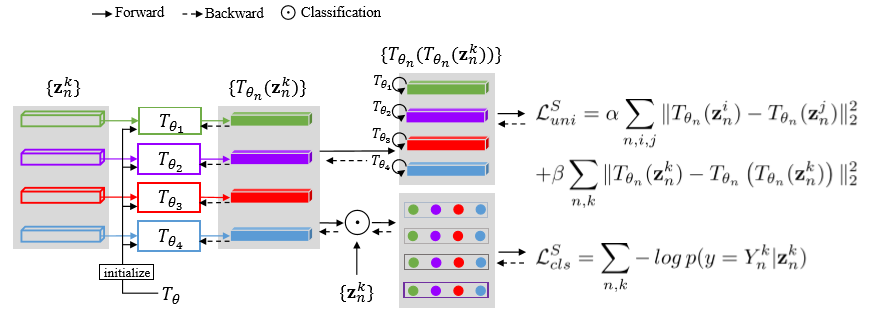Recently, one paper on few shot learning is accepted by the journal IEEE TNNLS. The full name of IEEE TNNLS is IEEE Transactions on Neural Networks and Learning Systems which is one of the international journals on machine learning with an impact factor of 8.793 announced in 2019. The paper information is as follows:
Nan Lai, Meina Kan, Chunrui Han, Xingguang Song, and Shiguang Shan, “Learning to Learn Adaptive Classifier-Predictor for Few Shot Learning”, IEEE Transactions on Neural Networks and Learning Systems, 2020. (Accepted)
Humans can easily learn new concepts from very few examples. In contrast, existing systems of object recognition depend on massive labeled data which provides abundant information to support the learning of model parameters. To reduce the cost of collecting and labeling data, the research topic ‘few shot learning’ which attempts to learn new concepts from limited amount of labeled data have attracted increasing attention. Recently researchers propose to learn a parameter predictor to directly generate model weights and achieve promising performance on few shot classification. However, the predictor in these methods is task-agnostic, which means that the predictor cannot adjust to novel tasks in testing phase limiting the performance of the predicted model. Considering this, we propose a novel meta-learning method which learns how to learn task-adaptive classifier-predictor in order to predict more accurate parameter weights for a novel task. As shown in Fig. 1, the overall network of our method consists of three parts: an encoder E to extract informative feature embeddings, the newly introduced Meta classifier-Predictor Module termed MPM to learn task-adaptive classifier-predictor, and a classifier C whose parameters are predicted by the classifier-predictor learned by MPM for final classification. MPM as the core of our method can not only learn the universal parameter generator but also update it to category-specific generators adaptively. Besides, a new loss function named center-uniqueness loss is proposed to regularize the updating process of category-specific generators. Our method achieves superior performance on two commonly used benchmarks i.e. miniImageNet and tieredImageNet on few shot classification.

Fig. 1. The framework of our method consists of three parts: an encoder E, an MPM and a classifier C.

Fig. 2. Illustration of MPM updating universal parameter generator to category-specific ones.
Download:
